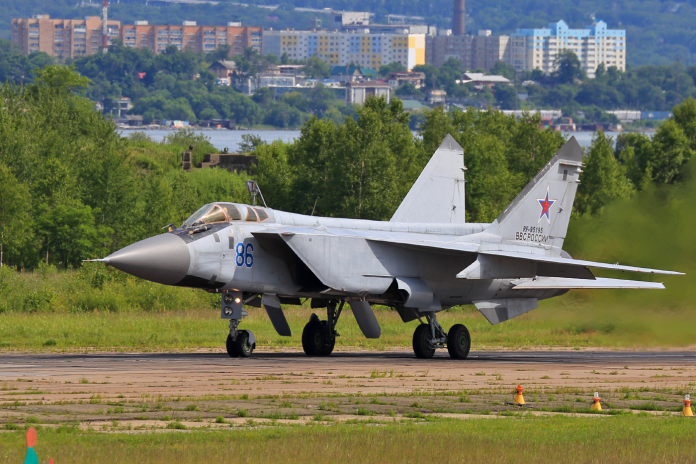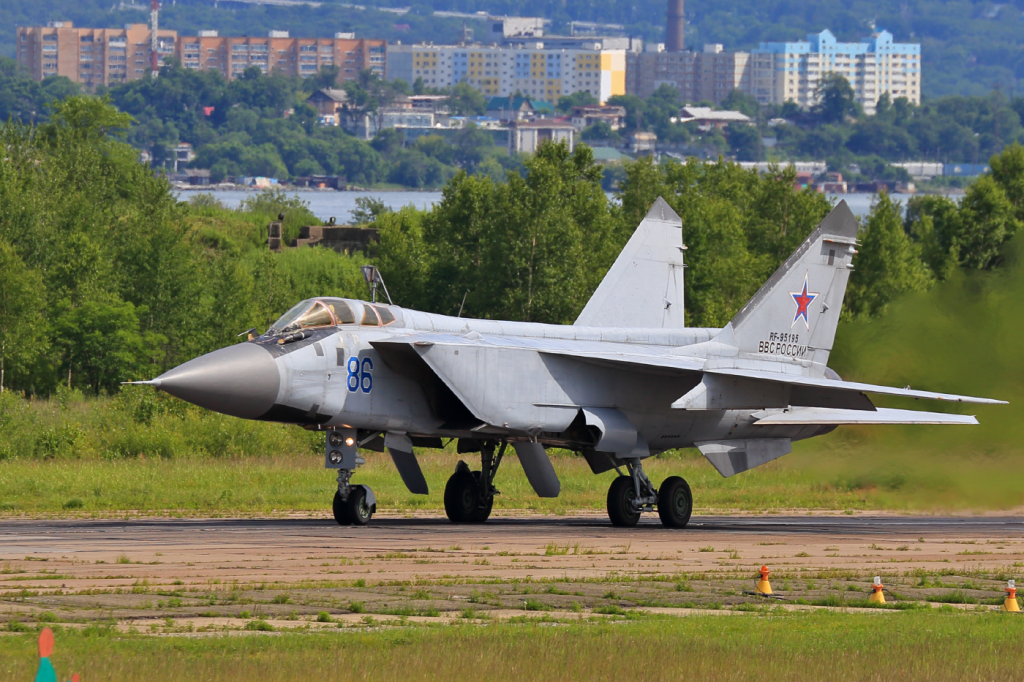
Was it merely a navigational mistake or an intentional test of NATO defenses? That is now echoing through the military and diplomatic corridors following three Russian MiG-31 Foxhound interceptors intruding into Estonian territory for 12 minutes on Friday, precipitating a quick multinational scramble under the newly initiated Operation Eastern Sentry.
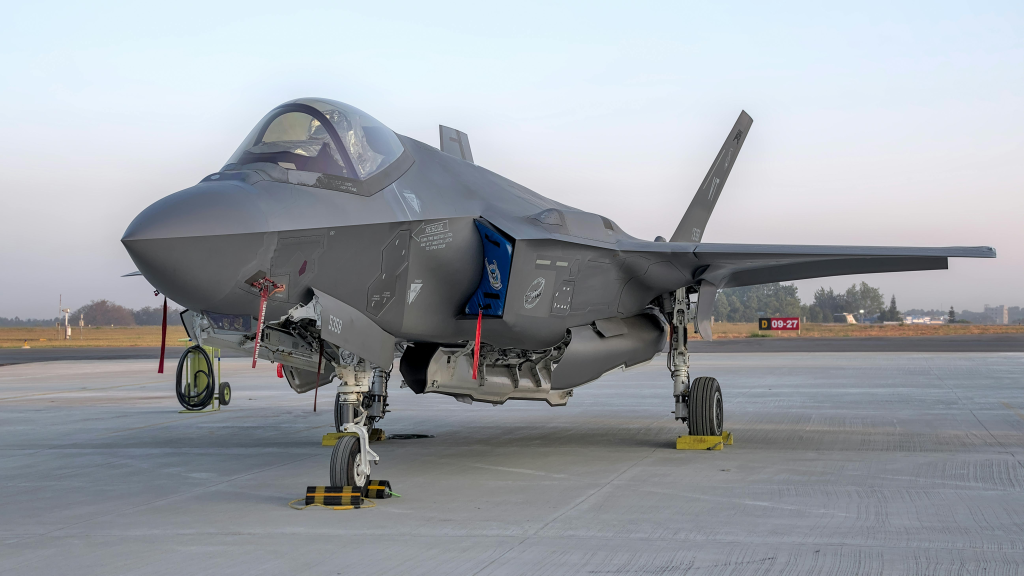
1. The Incident Over Vaindloo Island
The Estonian Defence Forces stated that the Russian aircraft approached from close to Vaindloo Island in the Gulf of Finland, without a flight plan, transponders off, and no radio communication with air traffic control. Italian Air Force F-35 jets based out of Ämari Air Base as part of NATO’s Baltic Air Policing mission intercepted the planes, driving them back. Finland and Sweden also dispatched fighters Sweden’s JAS 39 Gripens, to be exact to track the Foxhounds across the Baltic Sea. Estonia’s Foreign Minister Margus Tsahkna referred to it as “an unprecedented and brazen intrusion” and demanded “swift political and economic pressure” in return.
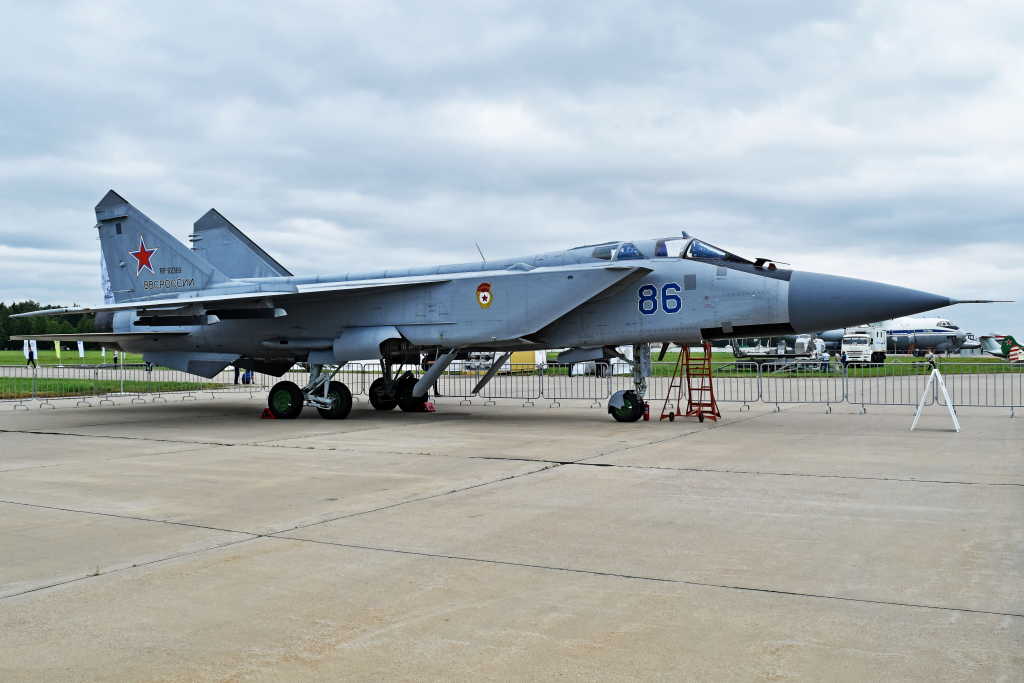
2. MiG-31 Capabilities and Tactical Implications
The MiG-31 Foxhound is an intercepter with a top speed of Mach 2.83 flight and beyond-200-kilometer engagement ranges using long-range R-33 missiles. Developed for quick interception of high-flying threats, its use in this incident is suspicious regarding the intentions of Russia. Flying sans transponders and outside of communication procedures is characteristic of probing missions designed to assess response and detection times. NATO radar and surveillance assets in the Baltic, such as ground phased-array radars and airborne early warning aircraft, were quickly able to track and vector interceptors.
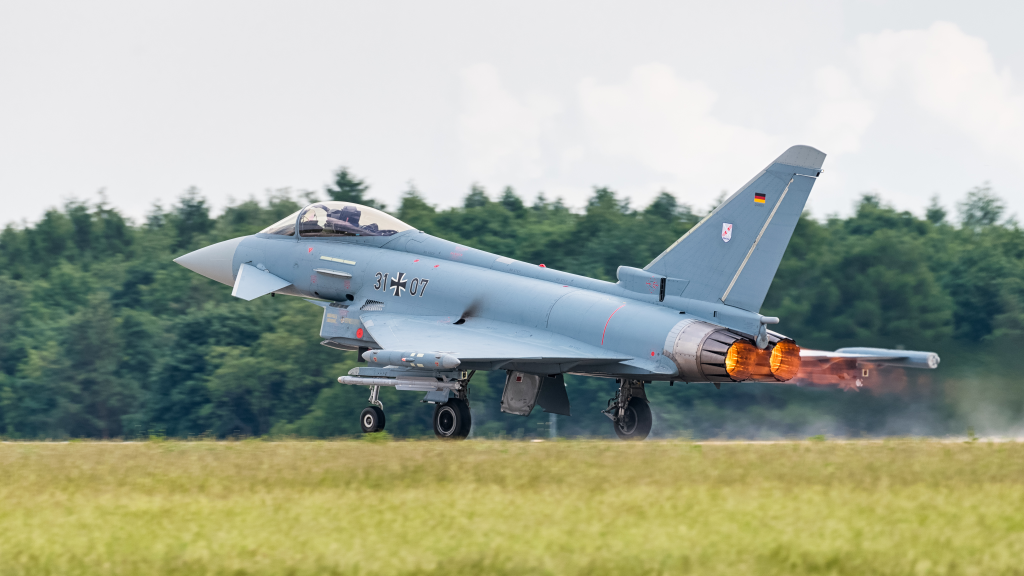
3. NATO’s Immediate Response: Operation Eastern Sentry
Eastern Sentry had been deployed only days before as a response to Russian drone breaches in Poland. The mission combines aerial, naval, and ground capabilities from eight countries, connecting defense systems from the Arctic to the Black Sea. Italy’s F-35s, Britain’s Typhoons, France’s Rafales, and Germany’s Eurofighters are included in the deterrent stance, in addition to Denmark’s naval units and Czech special forces stationed in Poland. NATO Supreme Allied Commander Europe Gen. Alexus Grynkewich framed Eastern Sentry as providing “focused and flexible deterrence and defense where and when needed.”
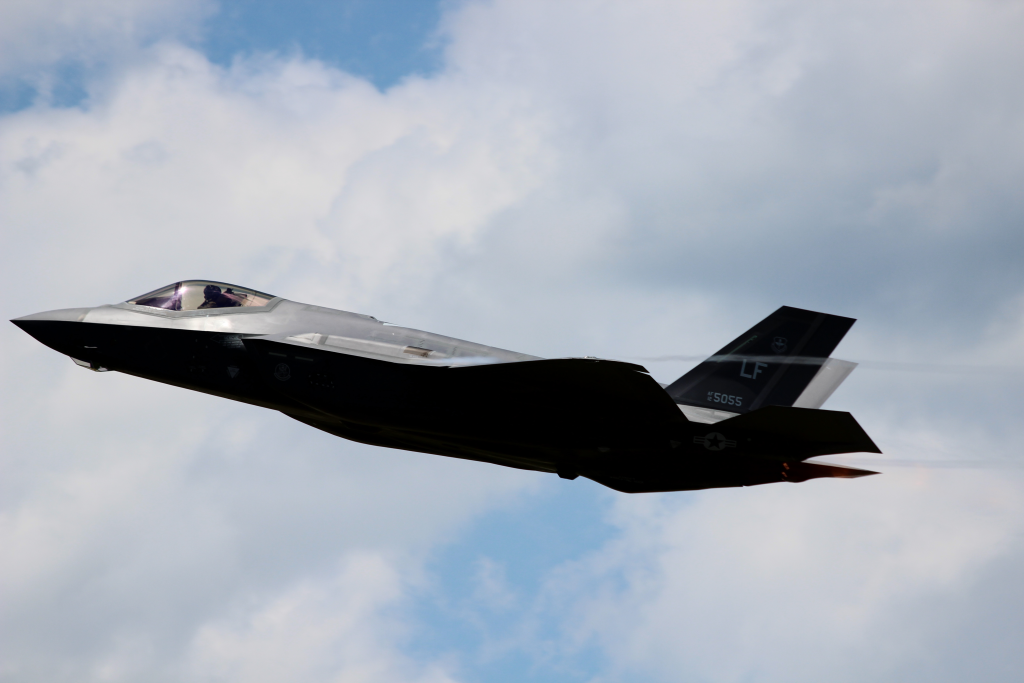
4. Baltic Air Policing Technology and Coordination
The Baltic Air Policing mission utilizes cutting-edge aircraft such as the F-35 with AESA radar, low observability, and network datalinks, allowing effortless coordination with ground controllers and allied fighters. The mission also utilizes layered surveillance coastal radar meshes, airborne warning, and satellite imagery to detect intrusions in seconds. This event highlighted the strength of integrated systems, where interceptors from several countries descended upon the target zone within minutes.
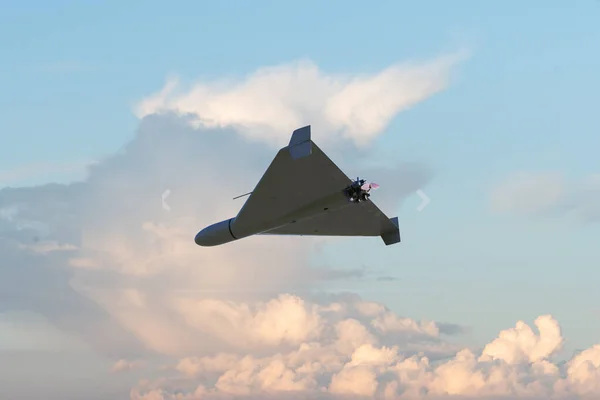
5. Strategic Context: A Pattern of Provocations
This was the fifth airspace incursion in 2025 by Russia against Estonia, just one part of a larger pattern comprising 19 Russian drones intruding into Polish and Romanian airspace earlier this month. Analysts such as Dr. David Jordan from King’s College London believe that these maneuvers are meant to “bring divisions within NATO to the surface” and test the determination of the alliance. The “boiling frog” metaphor, employed by Tsahkna, implies that Russia is gradually ratcheting up provocations to make boundary probing normal without eliciting prompt military retribution.
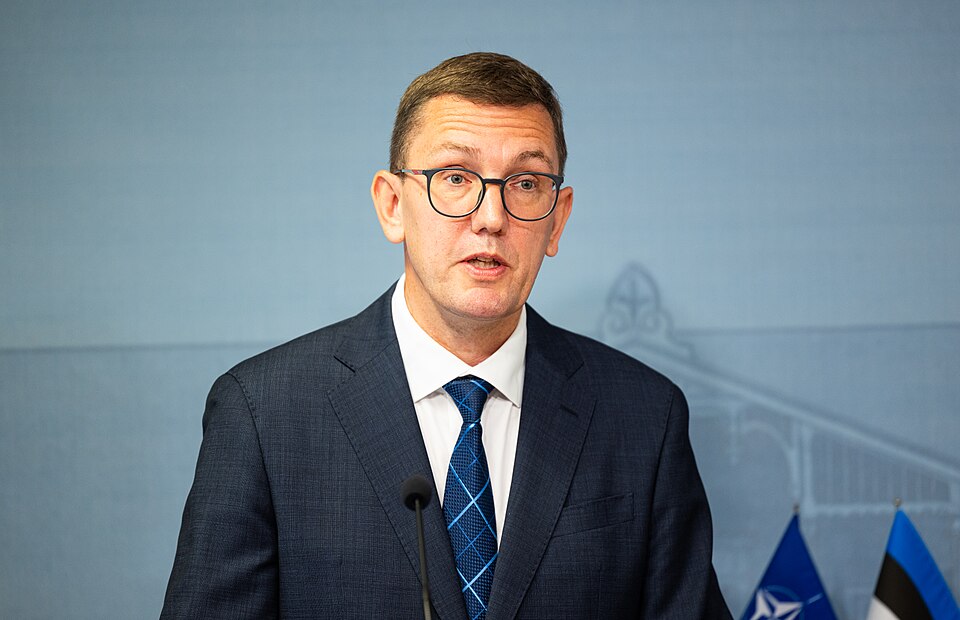
6. Article 4 Consultations and Political Messages
Estonia Prime Minister Kristen Michal invoked NATO’s Article 4, under which consultations are required when one member state’s security is threatened. Poland also did so following the drone intrusions. While falling short of Article 5’s collective defense commitments, Article 4 is an essential mechanism for joint strategic planning. The incursion was deemed “unacceptable” by U.S. Defense Secretary Pete Hegseth and supportive of Estonia, while President Donald Trump asserted Ukraine might “fight and WIN all of Ukraine back in its original form,” indicating ongoing rhetorical backing of NATO’s eastern frontier.
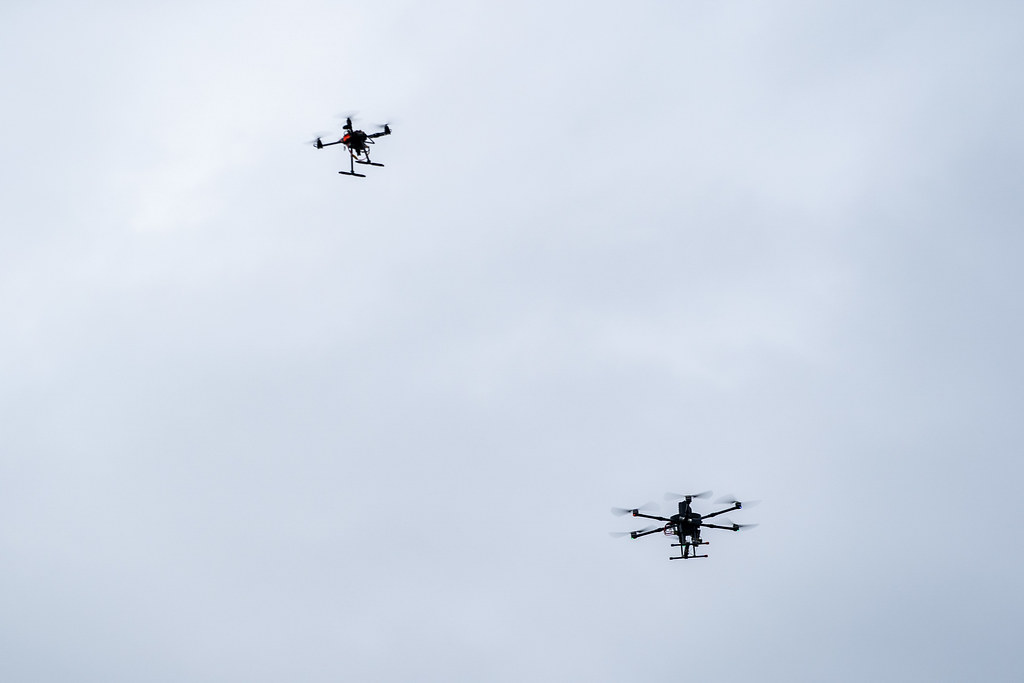
7. Engineering a Counter-Drone and Airspace Defense Future
The event highlights NATO’s requirement for affordable interception technology. Existing dependence on multimillion-dollar sorties by fighter aircraft against low-cost drones or reconnaissance flights is not viable. Designs for a “drone wall” along the eastern edge of Europe combining radar, optical detection, acoustic sensors, and mobile fire teams are in the making, with $6 billion EU funding. The acoustics sensor network in Latvia and the mobile MANPADS team in Ukraine provide established models.
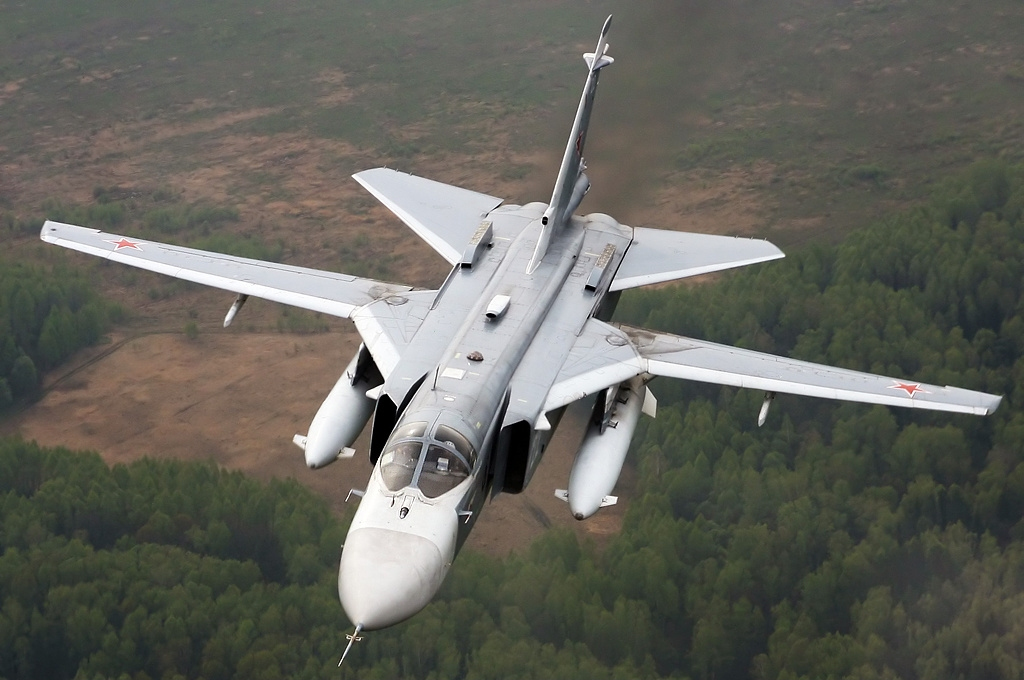
8. Lessons from Past Engagements
Lithuania’s defense minister cited Türkiye’s 2015 shooting down of a Russian Su-24 as precedent for forceful action. That episode had diplomatic repercussions but discouraged further incursions in that arena. Analysts warn that rules of engagement differ among NATO states, and the Estonian-Italian coordination here prioritized restraint while manifesting readiness.
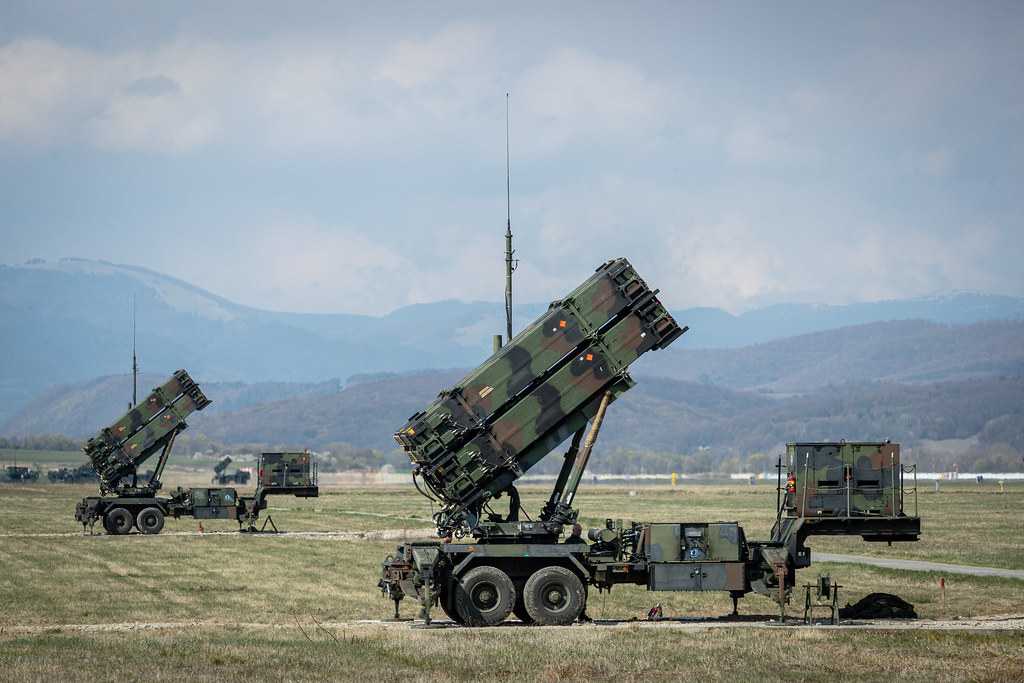
The Vaindloo Island breach was not merely an incidental airspace violation it was a live test of NATO’s integrated defense stance, the operational readiness of Eastern Sentry, and the alliance’s political unity under stress. With Russian tactics developing, the engineering and strategic frameworks protecting Europe’s skies must keep pace.
